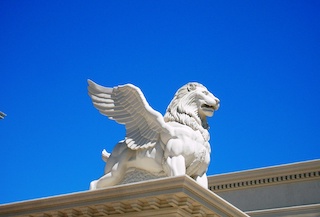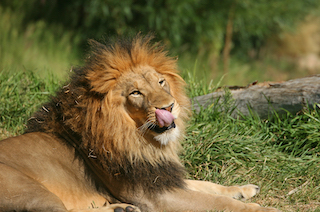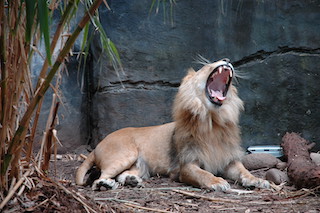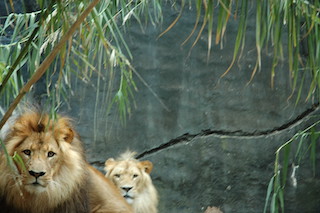Preying
Lions are both hunters. Zebras are their common prey. A lion’s meal starts with the entrails such as the heart, kidneys, and liver. But this feral cat’s cuisine tastes vary widely. Some lions will eat everything except the stomach. Others show a preference for the intestines. The female does most of the hunting. She does not share the kill evenly among the pride members. Lion has a social system based on division of labor and teamwork. The pride consists of up to 15 lions, with females, cubs and males. When resting, they enjoy lots of head rubbing, touching, purring and licking. Their parenting styles are not alike. Females give birth at the same time. Some mothers nurture their young and will permit other cubs other to suckle. However, a female may also leave her cubs, if food is scarce.
Lion hunt
A lone lion finds it hard to catch a prey because the prey they choose to kill is faster and nimbler than the lions. They can also outrun a single lion. So, to increase their success rate, they hunt using teamwork and smart tactics to bring it down. They form hunting parties to attack the fast animals found in the savannahs. The group sets the hunting methods very well in a scientific and ruthless manner. They work to attack the prey by forming two groups. Each lioness sets her unique role for the success of killing.
Eating habits
A lion’s meal starts with the entrails such as the heart, kidneys, and liver. But this feral cat’s cuisine tastes vary widely. Some lions will not eat the stomach. Others show a liking for the intestines. Some male lions prefer the flesh and will eat the back side, which is the fleshiest part, while the females eat the entrails. The last part they touch is the head. It is very rare for them to open the skull. It’s fast-working system allows them to gorge an average of 18kg in one sitting, and go for seconds shortly after.
Lion numbers
Ages ago, lions were the most seen large land mammals after humans. But today there are only 20,000 lions in the wild. Out of that roughly around 2,000 remain in Kenya. But the country is losing around 100 of them on a yearly basis. Over the coming 20 years, it will lose 50% of them. In the past 20 years, its numbers have dropped by 50%. But some put the decline rate higher.
Decline
Lion threats vary across range, but there are a few major reasons for the decline. Firstly, the lion’s prey are dropping due to habitat loss as well as the growth of farming to feed the growing human population. It puts the lions into conflict with humans. Farmers kill lions that have attacked their livestock. Also, a growing trade in lions has fuelled hunting and lion poaching. Their bones are used in Asia. Although many lions are well-secured, many others lack any shields and will decline, if not fade, over the coming years. To save lions, people are working towards highlighting the value that exists in saving them.
Sick
Lions are prone to tick-borne diseases. They contract them by eating sick dogs coming from the nearby villages. They also occur when they are exposed to disease during droughts. These ailments has caused mass drop in lions. But it is human conflict that is the cause of the dropping rate of lion numbers. Because of this, Kenya Wildlife Service, with locals, has put in place some measures. Hence, three groups – Born Free, Lion Guardians, and American Fish and Wildlife Service – have built lion-saving plans.
Lion groups
The lion numbers in Kenya has been dropping due to diseases, drought and poachers and habitat loss. Rampant vices within the system has also added to this sorry state. This dwindling figures of lions has put conservationists to work to find out the causes. They mainly belong to the private sector. As a result, some groups have formed plans to protect and live with lions. Their total love and ardor to this cause is worthy. That is to say, thankfully, these plans to aid a peaceful living between humans and lions do bring in the needed results. So, 4 such lion saving bodies in Kenya are Born Free, Ewaso Lions Project, Warrior Watch and Lion Guardians.
1) Born free
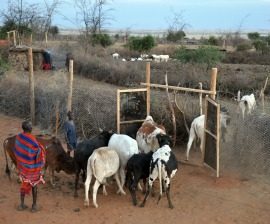
4 Lion Conservation Organisations
Since 1984, Born Free has been working to ensure that lions are treated with care. They work to save lions in its habitat. In Kenya, thorn barriers saved the livestock from lions. But these were useless. So, herders react by killing them. Born free has a program of building lion-proof bomas since 2010. It is aimed at cutting conflict with the locals. These bomas help keep lions away from livestock at night. Also, it persuades Maasais not to follow the culture of killing a lion to prove their prowess and strength. It also uses the movie Living with lions to build a wider knowledge of lions. The film explains in Maasai language how other areas have been able to reduce lion-livestock conflict and how this could be bring good to the locals. As a result, this effort with Maasais have been mostly able and have started yielding results.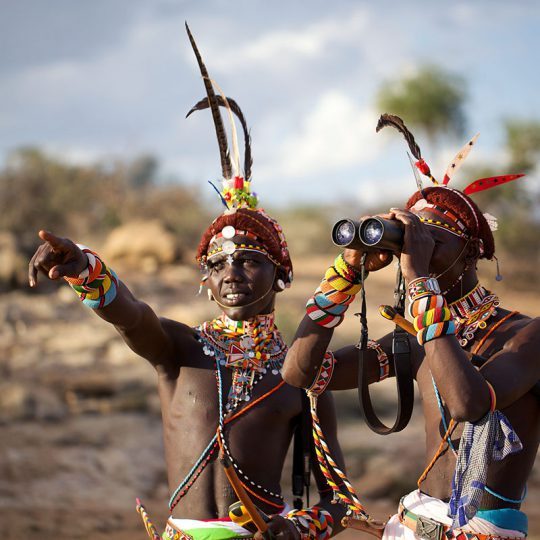
2) Ewaso lions project
Ewaso lions has put locals at the centre. They trust the survival of lions and other animals depends on finding ways where people can coexist with wildlife. Their community-based conservation work builds and engages the capacity for all groups in the area. They raise awareness of problems, develop ways of stopping conflict with wildlife, and show us the link between locals and wildlife. As the group fighting to ensure a future for the lions, Ewaso lions project promotes peaceful living between wildlife and people. It uses outreach programs and research. It also devises methods for lion saving. Also, it has worked with Born Free who supports them in their works which include mobile lion-proof bomas and light systems within the bomas at night.
3) Warrior watch
Ewaso lions started Warrior Watch in 2010, which saves lions by working with the warriors. It works towards peaceful living with lions. It builds on locals’ saving role by stepping up their tasks to cancel out wildlife-human conflict. They serve as a network within many areas, monitor species and record events over a wide area. This tribe of Kenya have lived with lions for ages, and have saved their livestock from lions with brutal force. But one warrior is leading the fight from the other side by saving these feral cats. He founded Warrior watch in 2010 with funding to urge his fellow people to conserve lions. Since then, lions in Samburu has increased.
4) Lion guardians
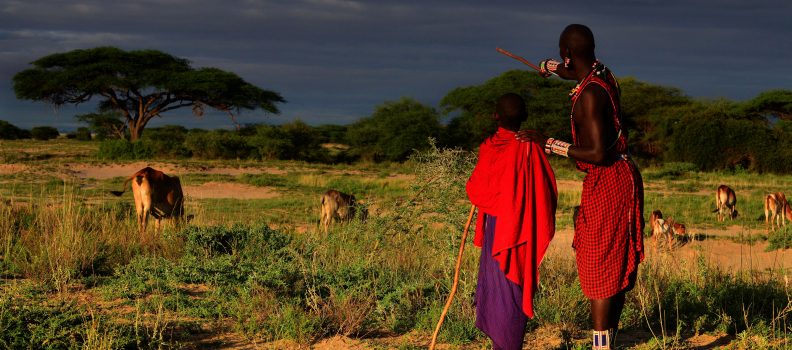 In southern Kenya, Maasai warriors have swapped their role as hunters to savers. In short, the group behind the project is called Lion guardians. It uses age-old Maasai know-how and combines it with science. Firstly, lion guardian warriors carry a GPS. Then the site is sent to the camp once they find lions and a van arrives at the site. The lion is then pictured and studied. Now, when a lion kills a cow, Maasais stop herders from killing the lion. This has increased local lion numbers fourfold. This scheme kicked off with just 5 people but has grown to more than fivefold.
In southern Kenya, Maasai warriors have swapped their role as hunters to savers. In short, the group behind the project is called Lion guardians. It uses age-old Maasai know-how and combines it with science. Firstly, lion guardian warriors carry a GPS. Then the site is sent to the camp once they find lions and a van arrives at the site. The lion is then pictured and studied. Now, when a lion kills a cow, Maasais stop herders from killing the lion. This has increased local lion numbers fourfold. This scheme kicked off with just 5 people but has grown to more than fivefold.
Yields
To give you some figures, the numbers have crashed from 200,000 lions to 20,000 and have lost 90% of their range in just 100 years. Locals and governments working together in tandem at all levels can bring about long-term solutions. Programs and plans that mix the good of all species and their locale promotes biomes. This can support the saving of animals such as lions.
World lion day
World lion day is feted on August 10 for people across the globe. It aims to help raise awareness for the saving of lions. The day is built on the fact that lion numbers are dropping to the point where lions are listed as risky species in the CITES. It is vital for action to save lions. This day highlights the plight of lions. Our efforts to bring awareness of the plight of lions is the mission of World Lion Day.
To receive a colourful digibook about lion with videos, images and text, please fill out the following form or simply email us on safaris@safari-center.com


